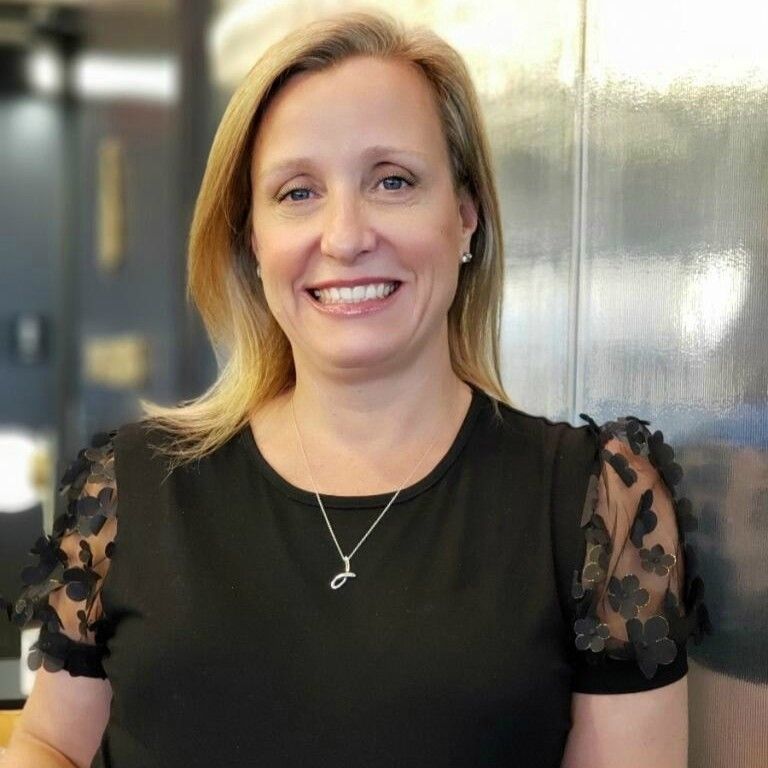Does it bother you when prospects treat your specialized products, and services like a commodity? Are you tired of having to discount deals to win competitive situations?
Salespeople generally don’t like talking about these things because it really hurts their pride—and deep down, it even makes them question the purpose of their existence, professionally speaking.
For professional salespeople, the question is: How do you win against competitors who can provide “almost” the same thing for “almost” the same price?
A novice salesperson will say, “Talk about the features and benefits of your product.” But isn’t your competition doing the same thing?
Some people will respond with “solution-based selling,” but that is a term that may mean different things to different people. Top-producing salespeople do not believe in “pitching solutions.” Rather, they strive to guide their prospects on a path of self-discovery—a form of solution-based selling that triggers more action and encounters fewer objections.
For now, let’s consider an alternative way to differentiate ourselves aside from features, and benefits. Let’s consider another way to “decommoditize” our products—and truly earn our compensation from winning—by proving our worth through our selling process.
There are several stages in that selling process where a professionally trained salesperson can separate themselves from their competition, thus de-commoditizing their product:
Up-Front Agreements: Executing up-front contracts throughout the sales process includes gaining permission before taking actions, expressing sensitivity to people, and situations, sharing concerns proactively, agreeing upon outcomes upfront and agreeing upon next steps after each stage. Simply stated, this sends the prospect a message that they trust this salesperson with their business.
Uncovering Real Reasons for Change: Uncovering real “pain” requires knowledge, skill, patience and discipline. When a salesperson is more concerned about whether the prospect (A) has the problem and (B) is committed to fixing the problem and less concerned with closing a deal. It sends the message that the salesperson is more believable and reputable.
Targeted Presentations: Many salespeople give the same PowerPoint presentation to all of their prospects—sharing many details that the prospect hasn’t expressed any need, or interest, in hoping that these additional features and benefits will increase value. They convince themselves that this is “selling value.” Conversely, when a salesperson does this, whether consciously, or unconsciously, it only tells the prospect that the salesperson is self-promoting and/or didn’t listen to what the prospect wants/needs.
Mapping the Decision Process: When many salespeople hear a positive, buying signal, they immediately jump to conclusions and skip past this step. Professionally trained salespeople will collaborate with the prospect to identify every possible step between the verbal agreement and the moment the problem is resolved, which is often long after the formal agreement is made. Not only does this help the salesperson manage the decision process but this also showcases the salesperson’s knowledge and experience with the process, increasing the prospect’s faith in their ability to deliver.
Postselling: Wait, what is postselling you ask? Imagine a calm, even-keeled, sales professional who, after hearing a “yes” from a prospect, says “OK, now would it make sense to discuss next steps and some potential concerns?” It’s as though a sales transaction didn’t just take place. Just two people collaborating and moving to those next steps without the competition.
Most salespeople with whom you compete (you know who they are) do not follow this type of process. But this is a strategy that will help you differentiate yourself and “decommoditize” your products and services.
Salespeople can’t get paid the big bucks, win the award trips and collect the trophies on the big stage without also taking complete, and total, ownership for losing competitive situations. With all things being equal—and they often are—how will you differentiate yourself through your sales process?
Jim Marshall is owner, and president, of Sandler Training of Tampa Bay, which provides sales, corporate and management training to high-achieving companies and individuals. Contact him at 813.287.1500 or [email protected].









